Charles E W Bean, Diaries, AWM38 3DRL 606/248/1 - 1917 - 1931 - Part 17

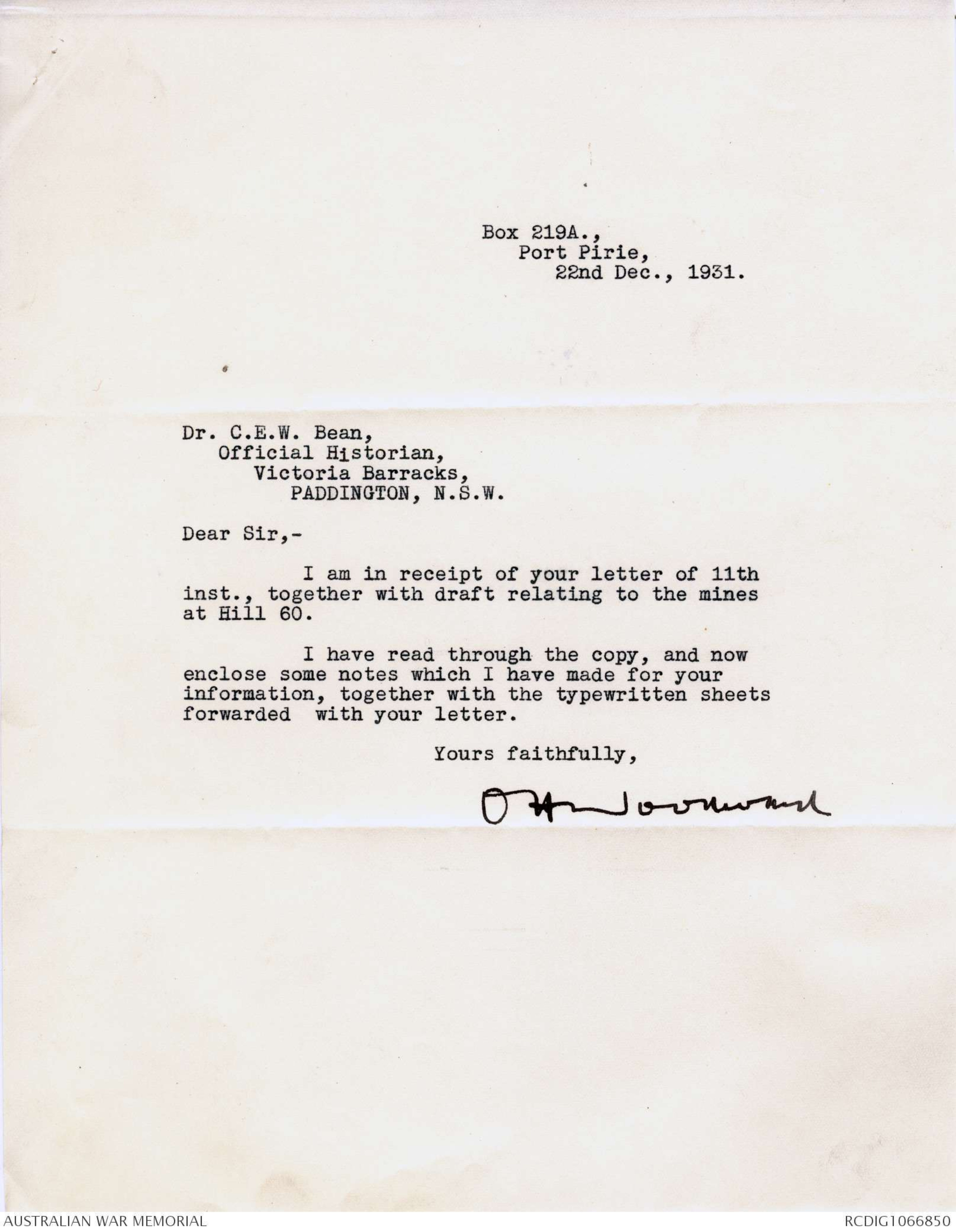
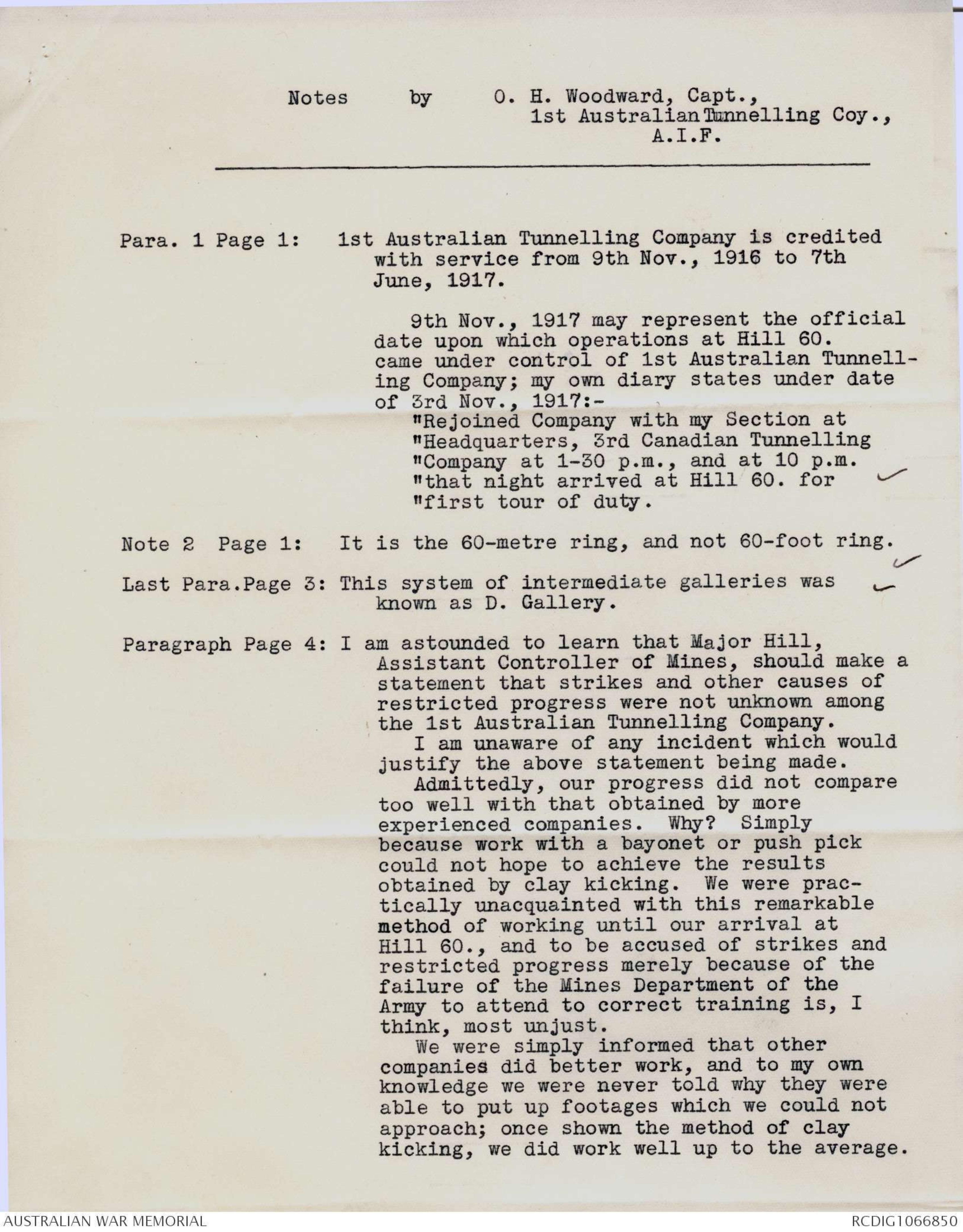
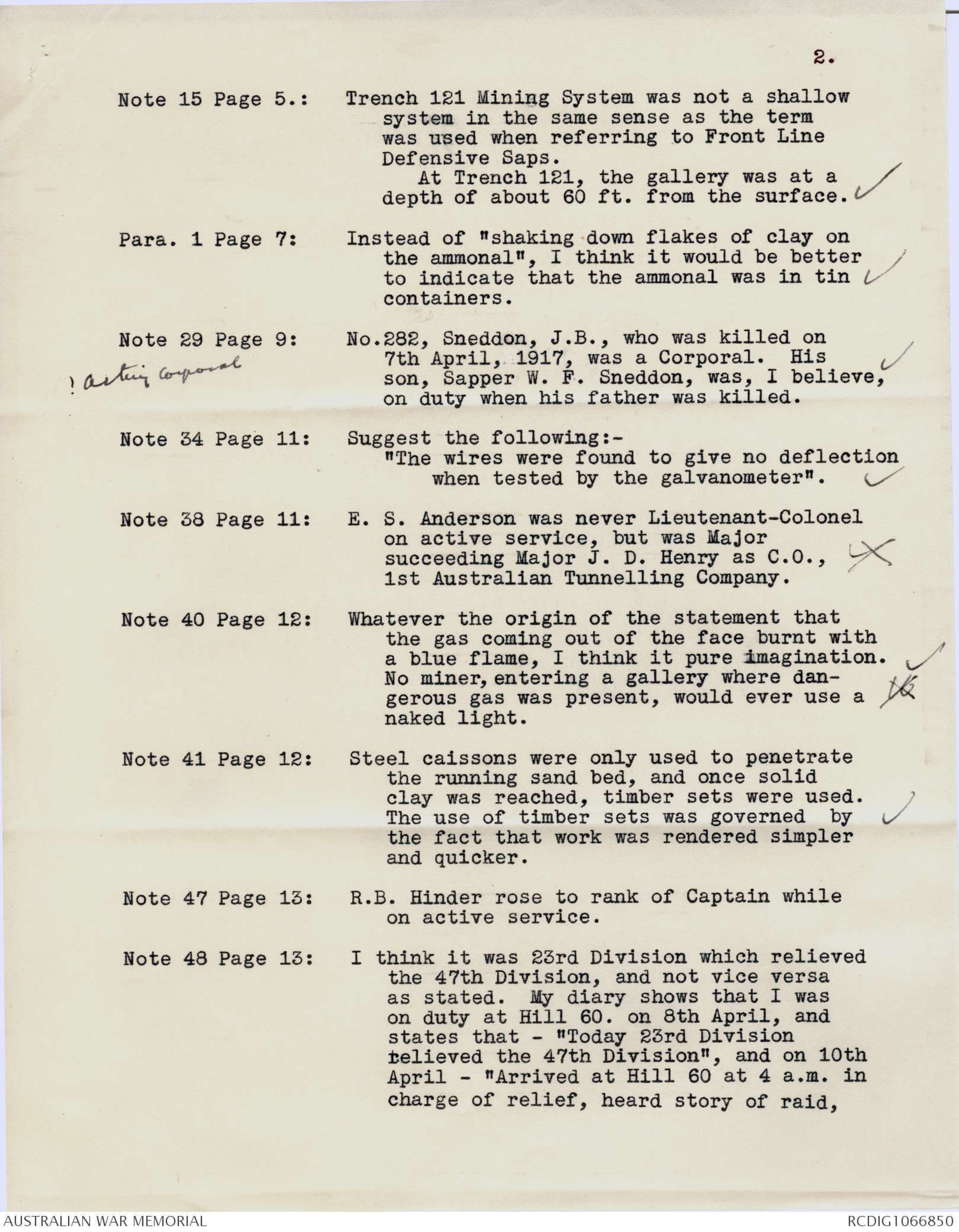
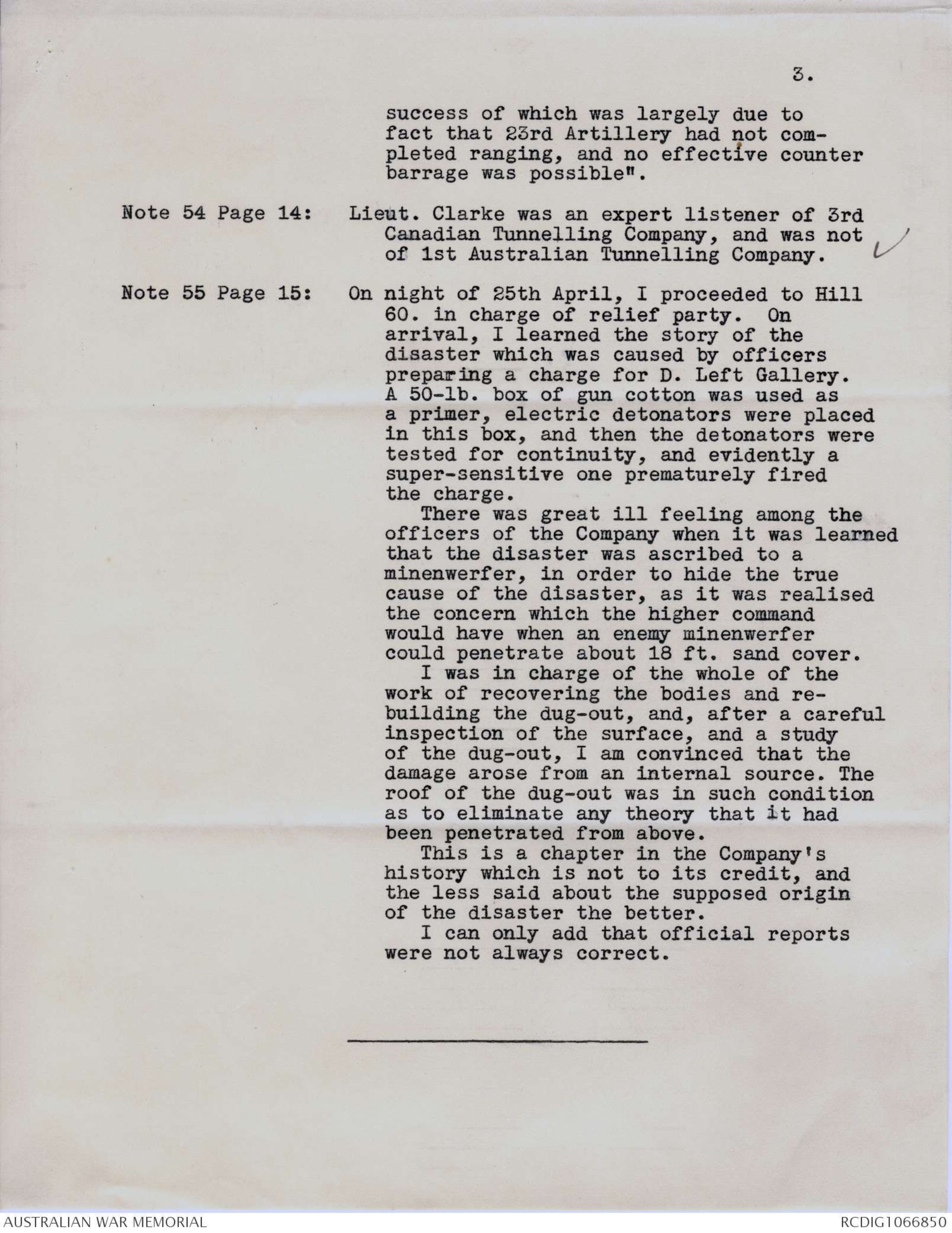
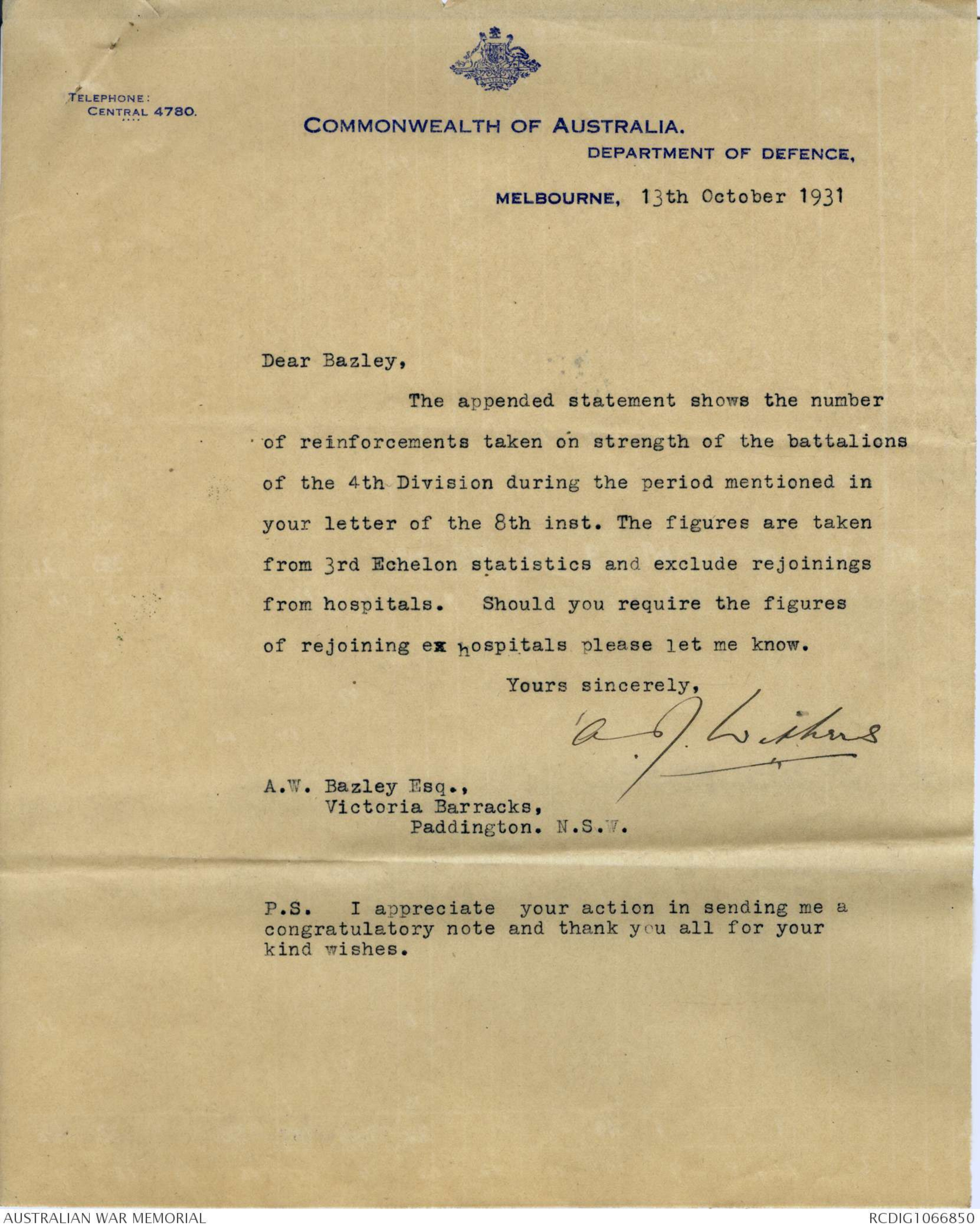

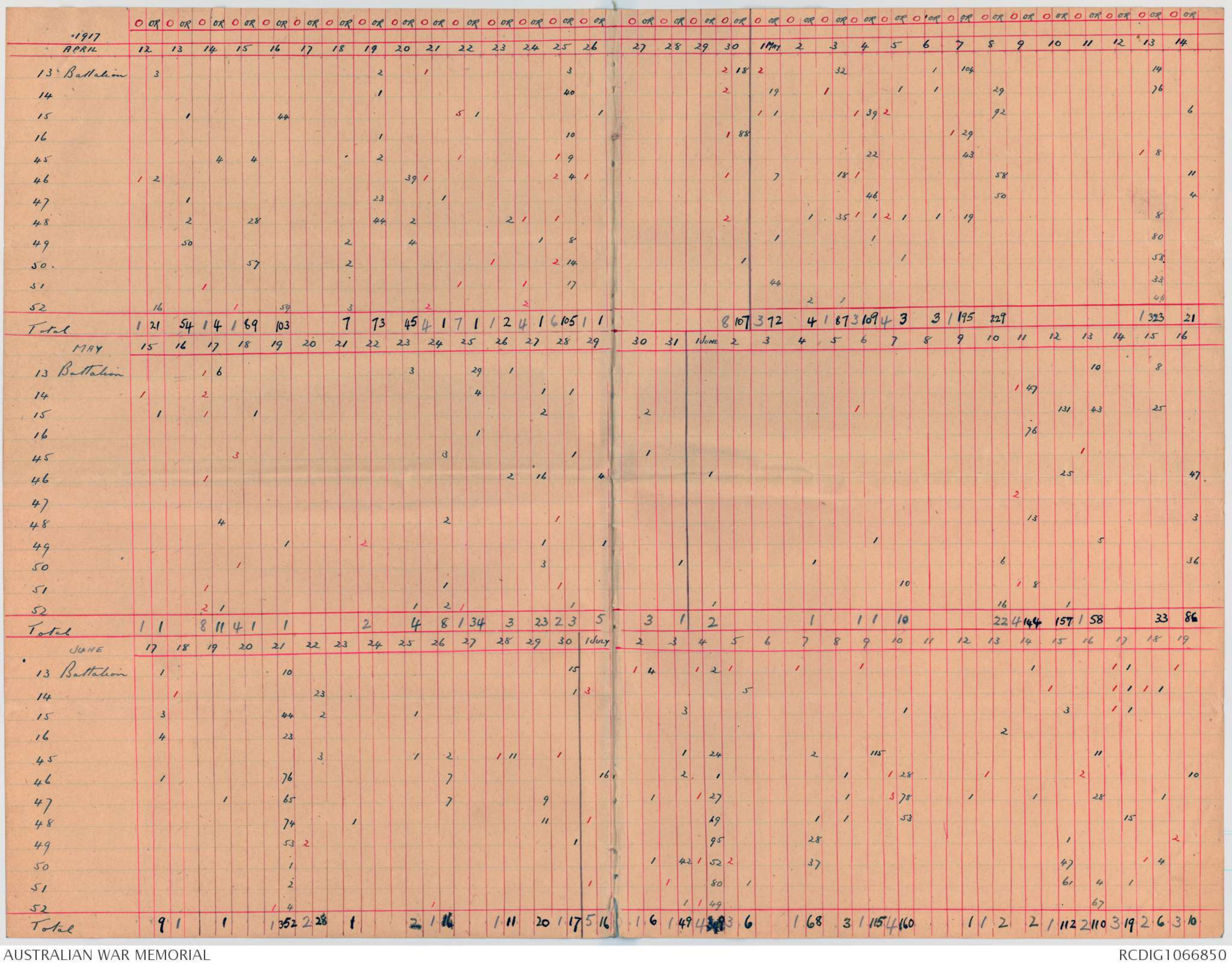

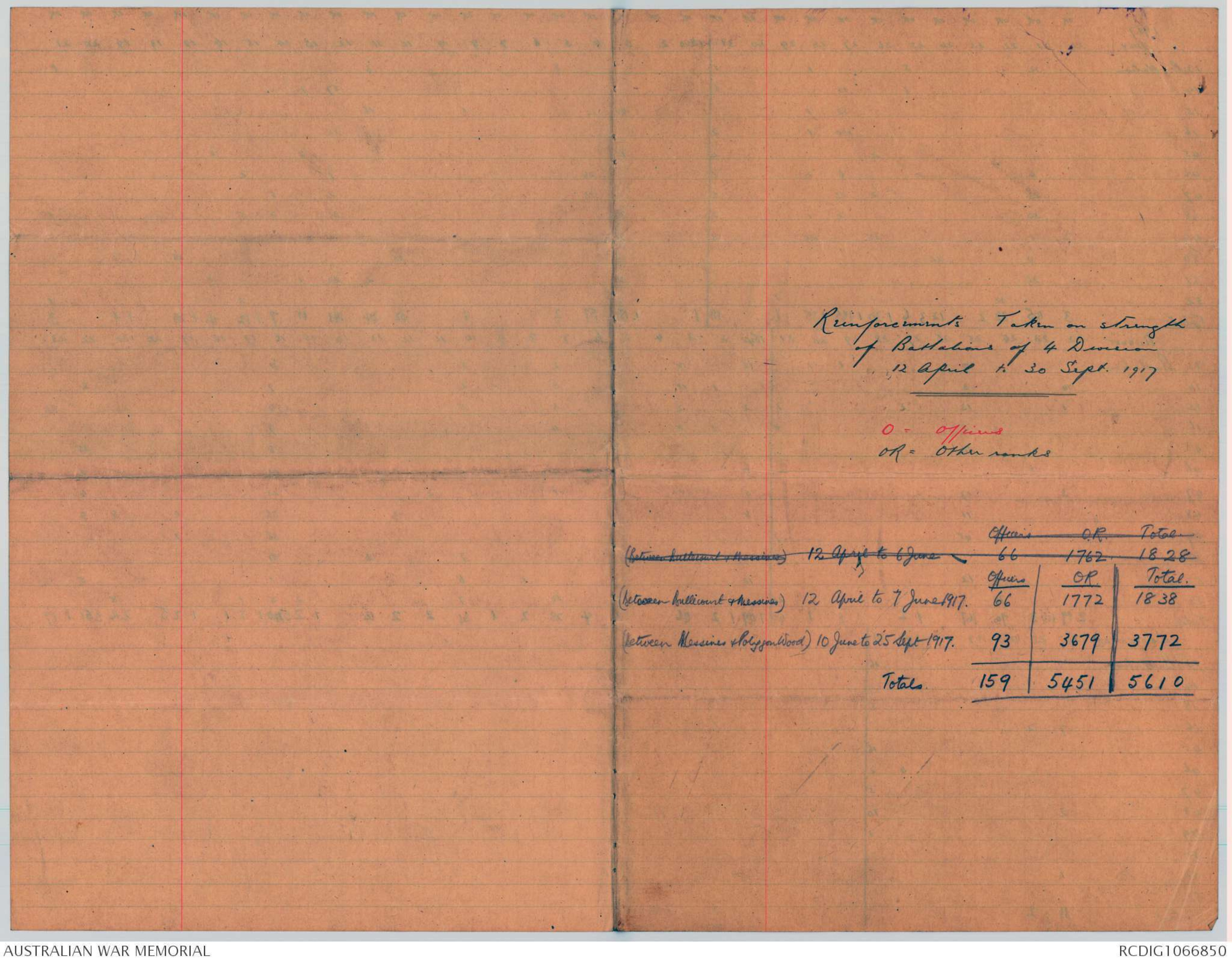
7164.
2 December 1931.
Captain O.H. Woodward, M.C.,
P.O. Box 219A,
Port Pirie, S.Aust.
Dear Captain Woodward,
Some time ago you kindly supplied me with certain
details concerning the tunnelling at Hill 60 before the Battle
of Messines. The whole episode has been dealt with in an
appendix to the forthcoming volume of the Official History.
The narrative is based on a minute study of the records of each
shift, and a comparison with other documents; but I should
greatly like to have it read through by some expert who was
present, in order to ensure that it is technically correct and
does not contain any error which to miners would appear absurd.
I am wondering if you would be so good as to read it
through for me. If so. I will, on hearing from you, post it to
you, and would be grateful for any comments that may occur to
you to make. The whole episode makes such a fine story that
it would be a great pity if the account were spoiled through
technical ignorance.
Yours faithfully,
C.E.W. Bean.
Box 2194.
Port Pirie,
22nd Dec., 1931.
Dr. C.E.W. Bean,
Official Historian,
Victoria Barracks,
PADDINGTON, N.S.W.
Dear Sir,-
I am in receipt of your letter of 11th
inst., together with draft relating to the mines
at Hill 60.
I have read through the copy, and now
enclose some notes which I have made for your
information, together with the typewritten sheets
forwarded with your letter.
Yours faithfully,
OH Woodward
Notes by O. H. Woodward, Capt.,
1st Australian Tunnelling Coy.,
A.I.F
_________________________________________________________
Para. 1 Page 1: 1st Australian Tunnelling Company is credited
with service from 9th Nov., 1916 to 7th
June, 1917.
9th Nov., 1917 may represent the official
date upon which operations at Hill 60.
came under control of 1st Australian Tunnell-
ing Company; my own diary states under date
of 3rd Nov., 1917:-
"Rejoined Company with my Section at
"Headquarters, 3rd Canadian Tunnelling
"Company at 1-30 p.m., and at 10 p.m.
"that night arrived at Hill 60. for √
"first tour of duty.
Note 2 Page 1: It is the 60-metre ring, and not 60-foot ring. √
Last Para.Page 3: This system of intermediate galleries was √
known as D. Gallery.
Paragraph Page 4: I am astounded to learn that Major Hill,
Assistant Controller of Mines, should make a
statement that strikes and other causes of
restricted progress were not unknown among
the 1st Australian Tunnelling Company
I am unaware of any incident which would
justify the above statement being made.
Admittedly, our progress did not compare
too well with that obtained by more
experienced companies. Why? Simply
because work with a bayonet or push pick
could not hope to achieve the results
obtained by clay kicking. We were prac-
tically unacquainted with this remarkable
method of working until our arrival at
Hill 60., and to be accused of strikes and
restricted progress merely because of the
failure of the Mines Department of the
Army to attend to correct training is, I
think, most unjust.
We were simply informed that other
companies did better work, and to my own
knowledge we were never told why they were
able to put up footages which we could not
approach; once shown the method of clay
kicking, we did work well up to the average.
2.
Note 15 Page 5.: Trench 121 Mining System was not a shallow
system in the same sense as the term
was used when referring to Front Line
Defensive Saps.
At Trench 121, the gallery was at a
depth of about 60 ft. from the surface. √
Para. 1 Page 7: Instead of "shaking down flakes of clay on
the ammonal", I think it would be better
to indicate that the ammonal was in tin √
containers.
Note 29 Page 9: No.282, Sneddon, J.B., who was killed on
7th April, 1917, was a Corporal. His
son, Sapper W. F. Sneddon, was, I believe,
on duty when his father was killed. √
[*! Acting Corporal*]
Note 34 Page 11: Suggest the following:
"The wires were found to give no deflection
when tested by the galvanometer". √
Note 38 Page 11: E. S. Anderson was never Lieutenant-Colonel
on active service, but was Major
succeeding Major J. D. Henry as C.O.,
1st Australian Tunnelling Company. X
Note 40 Page 12: Whatever the origin of the statement that
the gas coming out of the face burnt with
a blue flame, I think it pure imagination. √
No miner, entering a gallery where dan-
gerous gas was present, would ever use a X
naked light.
Note 41 Page 12: Steel caissons were only used to penetrate
the running sand bed, and once solid
clay was reached, timber sets were used.
The use of timber sets was governed by
the fact that work was rendered simpler
and quicker. √
Note 47 Page 13: R.B. Hinder rose to rank of Captain while
on active service.
Note 48 Page 13: I think it was 23rd Division which relieved
the 47th Division, and not vice versa
as stated. My diary shows that I was
on duty at Hill 60. on 8th April, and
states that - "Today 23rd Division
relieved the 47th Division", and on 10th
April - "Arrived at Hill 60 at 4 a.m. in
charge of relief, heard story of raid,
3.
success of which was largely due to
fact that 23rd Artillery had not com-
pleted ranging, and no effective counter
barrage was possible".
Note 54 Page 14: Lieut. Clarke was an expert listener of 3rd
Canadian Tunnelling Company, and was not
of 1st Australian Tunnelling Company. √
Note 55 Page 15: On night of 25th April, I proceeded to Hill
60. in charge of relief party. On
arrival, I learned the story of the
disaster which was caused by officers
preparing a charge for D. Left Gallery.
A 50-1b. box of gun cotton was used as
a primer, electric detonators were placed
in this box, and then the detonators were
tested for continuity, and evidently a
super-sensitive one prematurely fired
the charge.
There was great ill feeling among the
officers of the Company when it was learned
that the disaster was ascribed to a
minenwerfer, in order to hide the true
cause of the disaster, as it was realised
the concern which the higher command
would have when an enemy minenwerfer
could penetrate about 18 ft. sand cover.
I was in charge of the whole of the
work of recovering the bodies and re-
building the dug-out, and, after a careful
inspection of the surface, and a study
of the dug-out, I am convinced that the
damage arose from an internal source. The
roof of the dug-out was in such condition
as to eliminate any theory that it had
been penetrated from above.
This is a chapter in the Company's
history which is not to its credit, and
the less said about the supposed origin
of the disaster the better.
I can only add that official reports
were not always correct.
———————————
TELEPHONE:
CENTRAL 4780.
COMMONWEALTH OF AUSTRALIA.
DEPARTMENT OF DEFENCE,
MELBOURNE, 13th October 1931
Dear Bazley,
The appended statement shows the number
of reinforcements taken on strength of the battalions
of the 4th Division during the period mentioned in
your letter of the 8th inst. The figures are taken
from 3rd Echelon statistics and exclude rejoinings
from hospitals. Should you require the figures
of rejoining ex hospitals please let me know.
Yours sincerely,
A.J. Withers
A.W. Bazley Esq.,
Victoria Barracks,
Paddington. N.S.W.
P.S. I appreciate your action in sending me a
congratulatory note and thank you all for your
kind wishes.
7031.
8 October 1931.
Dear Withers,
Dr. Bean is anxious to get the figures showing
reinforcements received by the 12 infantry battalions of the 4th
Australian Division for the periods -
(a) from 12 April to 6 June 1917 (i.e., from immediately
after the Battle of Bullecourt up to the eve of Messines);
(b) from 7 June to 25 September 1917 (i.e., up to the eve
of the Battle of Polygon Wood).
We have made a rough calculation from some weekly
figures furnished in the diary of the 4th Division's Adminis-
trative staff, but, as the figures include men returned from
schools, etc. as well as fresh reinforcements from the Base,
this is not altogether satisfactory. I am therefore wondering
whether you could get for us more reliable figures from the
Third Echelon papers in Base Records. If it were possible to
show the strength of each batch and the date it went forward to
the division, this would be of much assistance. We do not
require the figures for the artillery, engineers, pioneers, etc.,
but merely for the infantry battalions.
Dr. Bean does not of course want you to give too much
time to this work, and if you think it is likely to prove a long
job please let me know before taking any action.
Yours sincerely
A.J. Withers. Esq.
Defence Department,
Melbourne.
approx. 44 row x 38 column Table of numbers by battalion by date - see original document
approx. 44 row x 38 column Table of numbers by battalion by date - see original document
Reinforcements Taken on Strength
of Battalions of 4 Division
12 April to 30 Sept. 1917
________________
O = Officers
OR = Other ranks
Officers OR Total
(between Bullecourt & Messines) 12 April to 6 June 66 1762 1828
Officers OR Total
(between Bullecourt & Messines) 12 April to 7 Junes 1917. 66 1772 1838
(between Messines & Polygon Wood) 10 June to 25 Sept 1917. 93 3679 3772
Totals 159 5451 5610
 Sandy Mudie
Sandy MudieThis transcription item is now locked to you for editing. To release the lock either Save your changes or Cancel.
This lock will be automatically released after 60 minutes of inactivity.